The Troytsa is a religious monument, showing Christ on a cross (or just a cross) in various models, depending on the artist’s skills or local custom. It is made many times in a rather crude and/or naïve manner, from wood and some metal. Apparently, of Slavic provenance and part of the legacy the Eastern Church, is present under various forms in the Eastern Europe and some parts of the Balkans. It has mainly a religious purpose, can be found in the Orthodox cemeteries, affixed in various places between the plots, or elsewhere at crossroads or just in some places, not exactly showing or pointing at something. Sort of a statement that the land is (still) orthodox.
Usually, it is not seen as replacing the burial cross with the name on it (on the grave), but it can be (albeit in a much smaller version). Sometimes, it pinpoints a place where something notable has happened (like the one in the town of Nisporeni , which points to the place where 4 Romanian Royal army soldiers died when the town was taken in 1941). Models are diverse, and strongly differ for various reasons.
The older ones, such as those depicted here, are the work of local wood carvers, in many cases anonymous. They are good examples of naïve rural art, and one can notice the “fashion” of carving the wood in various manners and shapes, according to the respective period; Christ is shown in various stances, and the details around him are varying too.
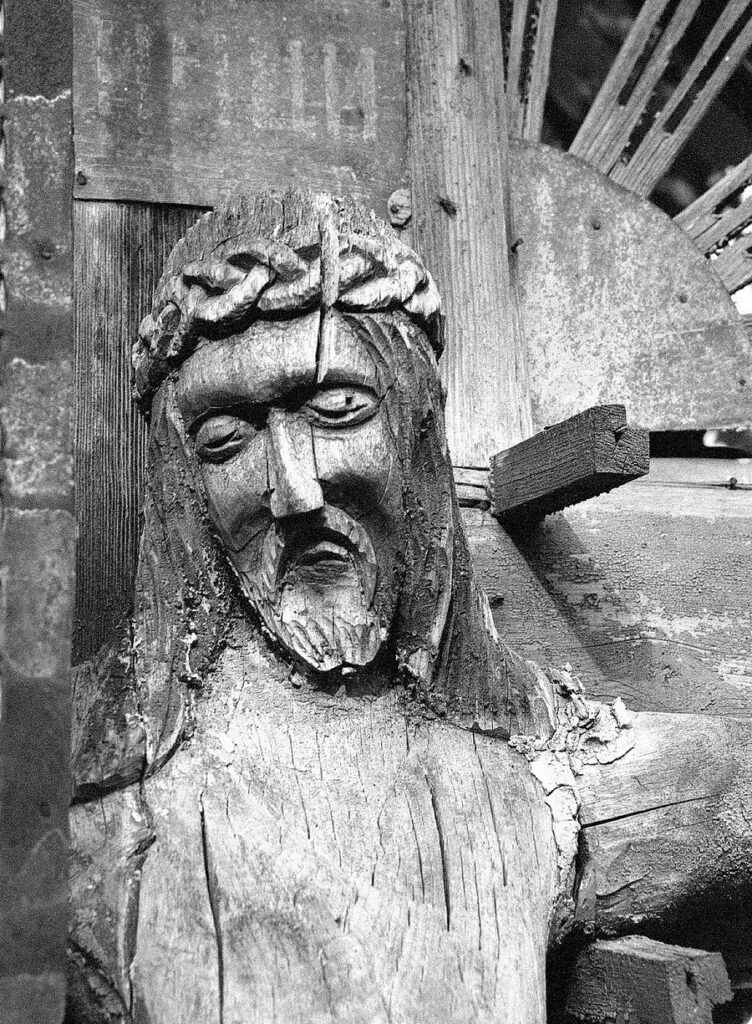
Local woodwork, cca. 1965, detail of a Troytsa in a Bessarabian cemetery.
Under the Communist regime in Bessarabia (now known as the Republic of Moldova), such religious symbols were not exactly forbidden, more of strongly and actively discouraged to be made and put anywhere. Many of the older ones, made in the 19th century and later, were burned or otherwise destroyed when this old Romanian province was taken over by the Reds in 1944, because it was seen as a sign of loyalty to the then Kingdom of Romania, and implicitly, a sign of resistance against the Sovietization of the province.
I have heard stories told by old folk that some were saved by the priests or the members of the community and hidden in attics or wrapped in oiled skins and buried in the ground. That’s how and why we can still see some of the older ones in our days, these were restored and re-planted in their consecrated places, usually the original places; the community has a long memory.
Anyways, I thought this to be interesting, at least from a historical p.o.v., if not for the quality of the photographs. Camera was a Nikkormat FT3, loaded with Svema Foto 400 film.
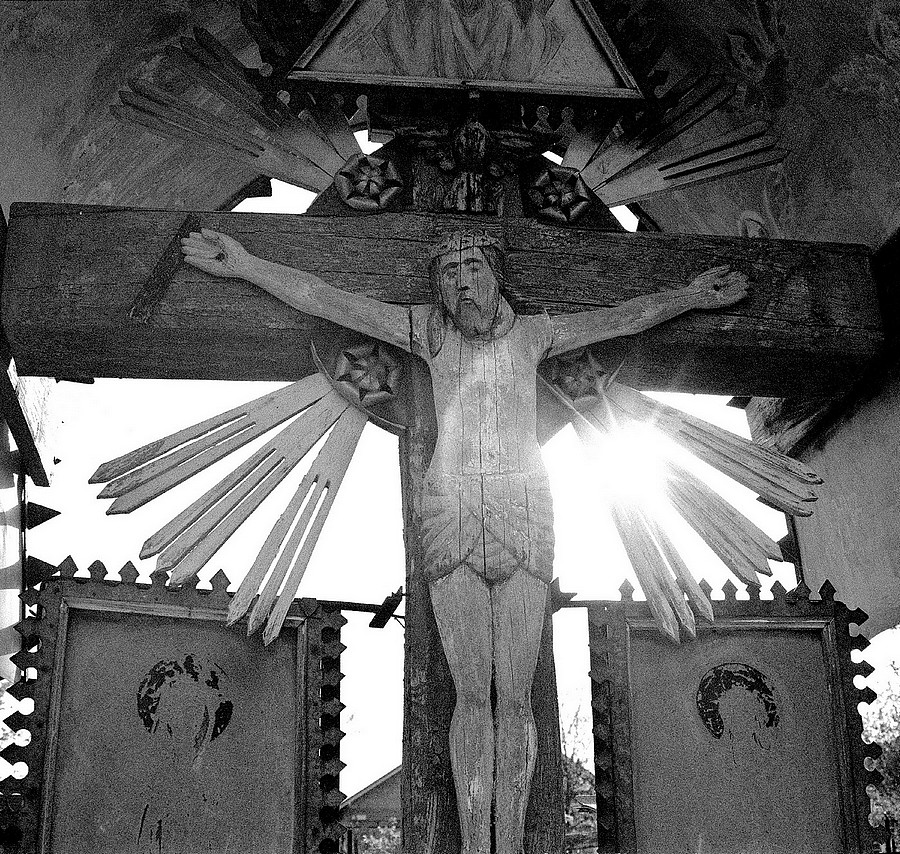
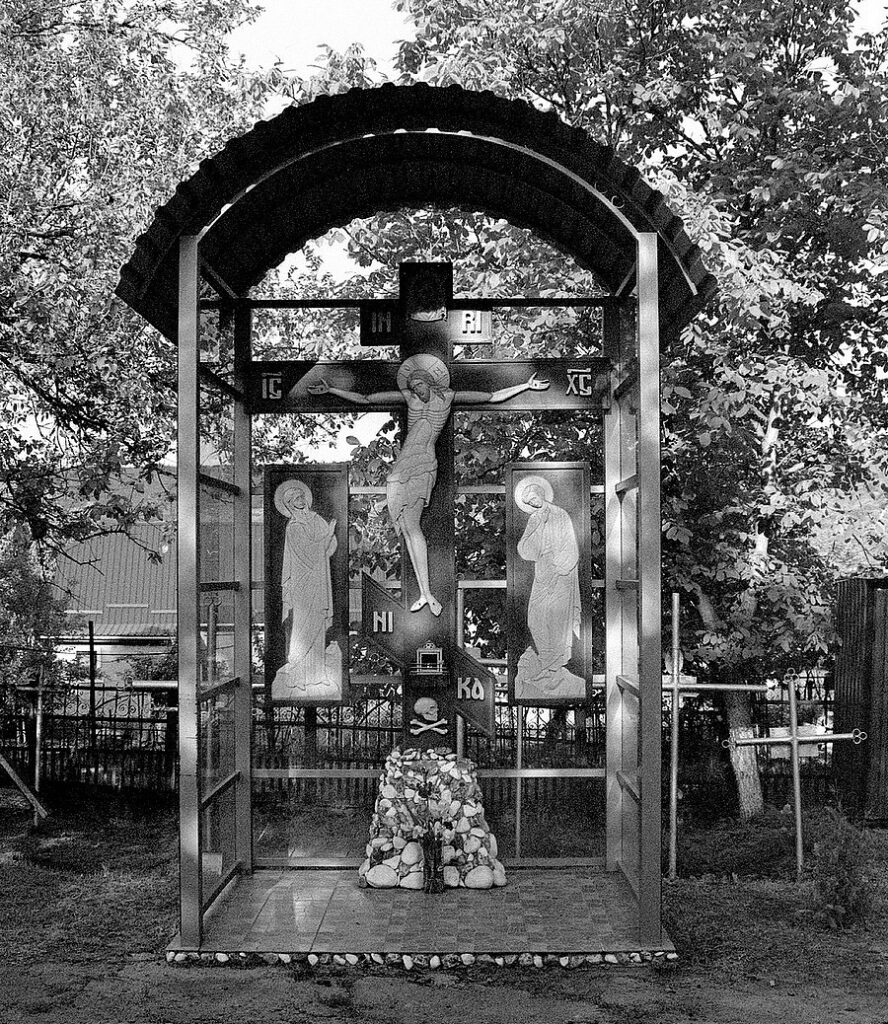
This is relatively new, cca. 2010, notice the different materials and style.
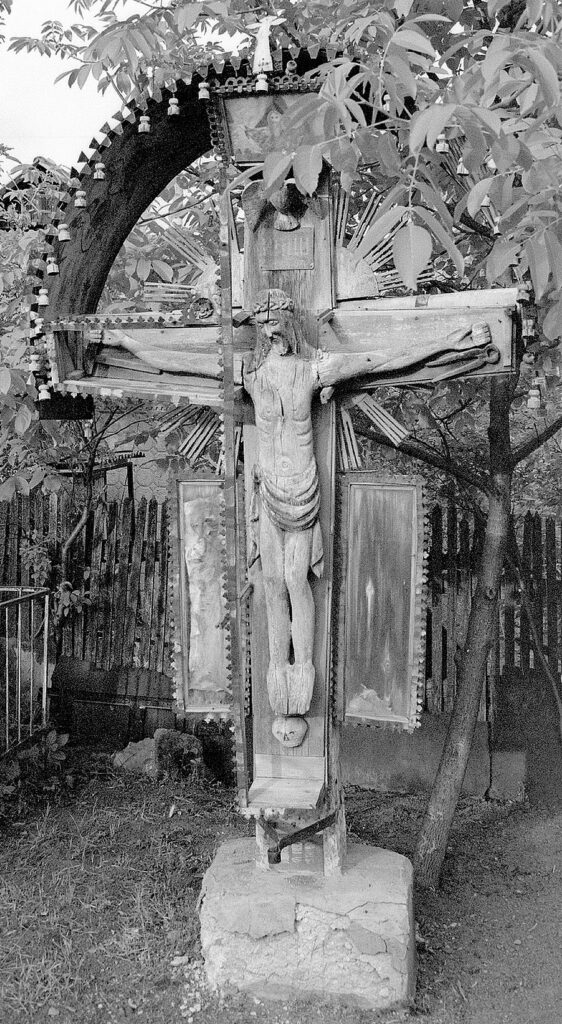
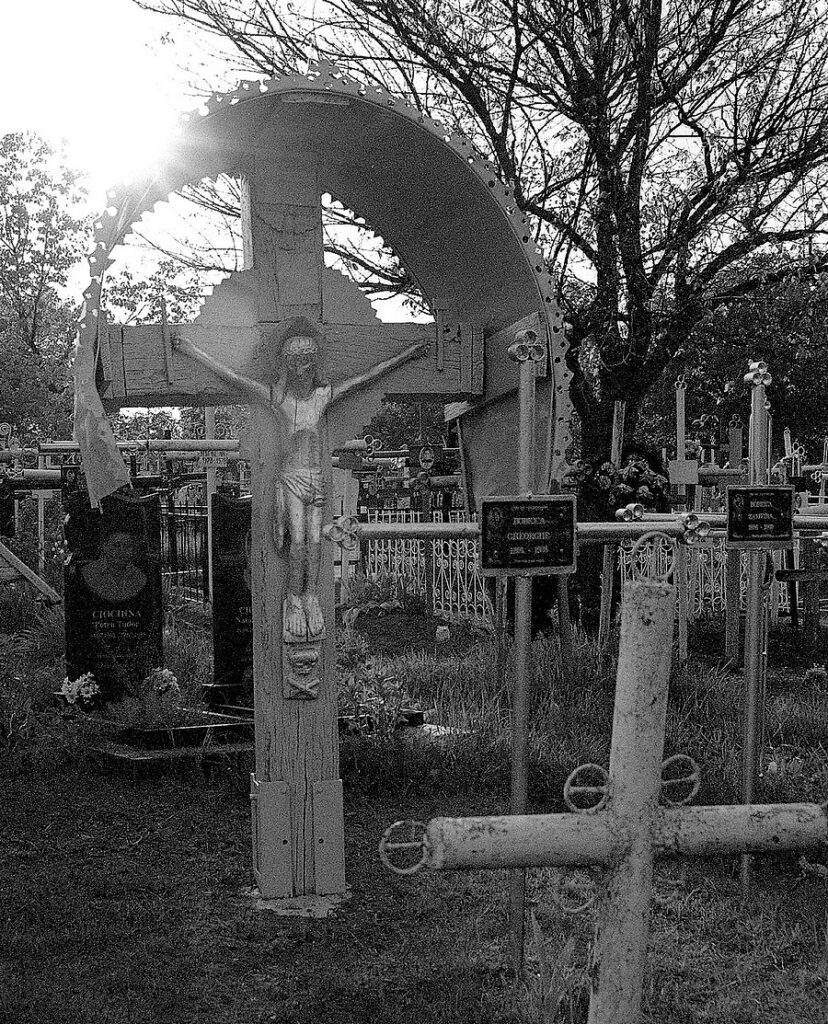
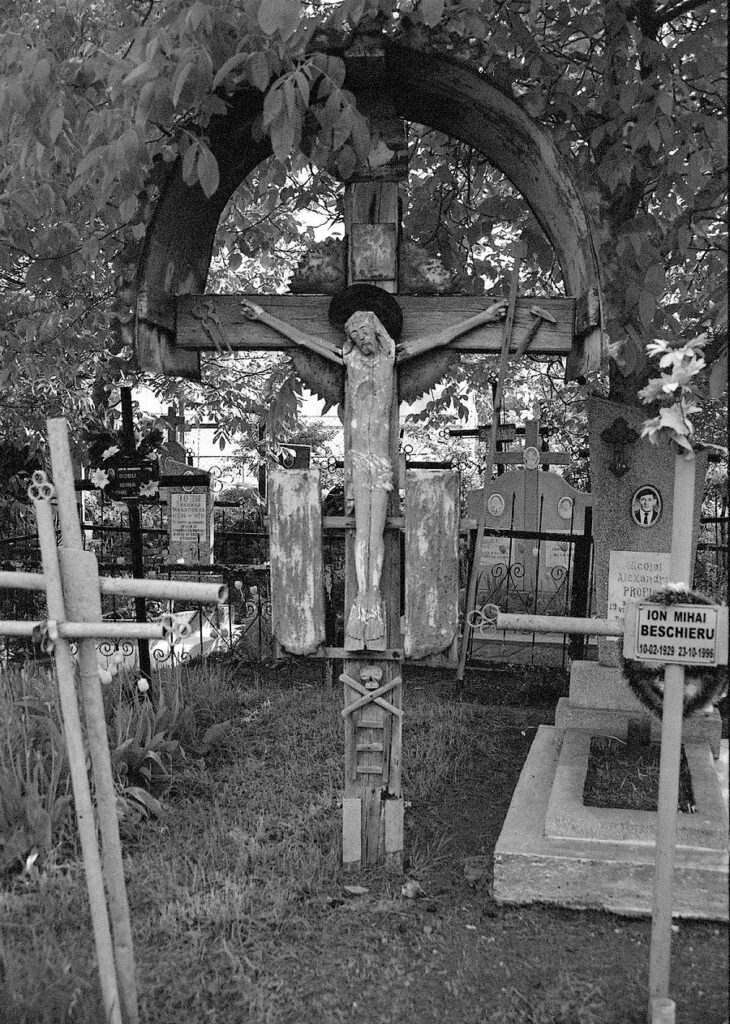
The tools shown here, on the left and right of Christ’s arms are an interesting detail.
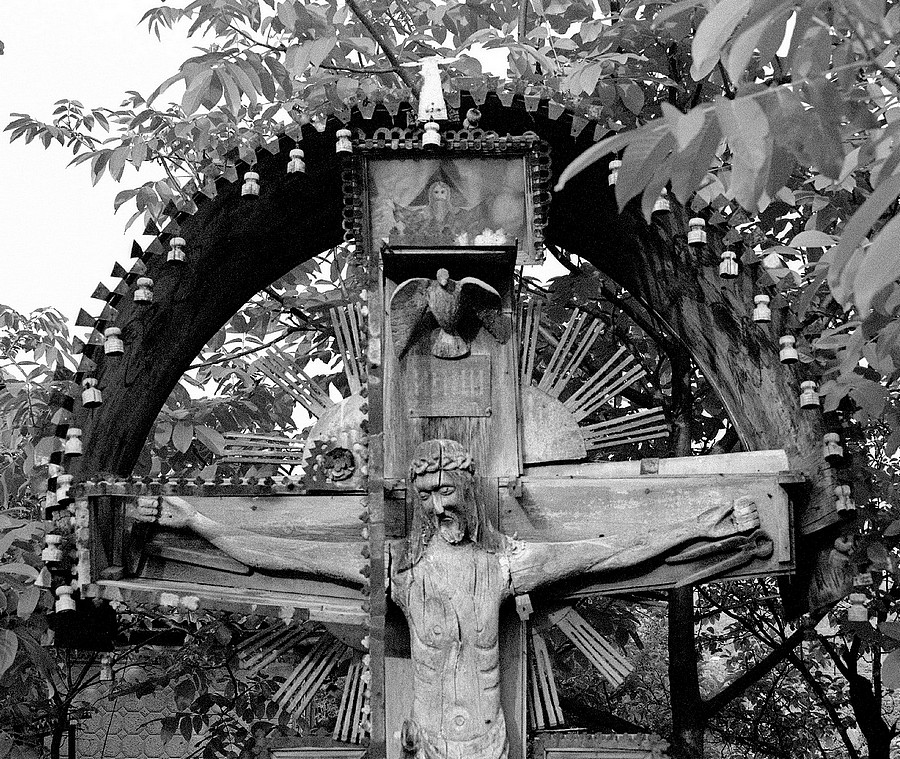
Share this post:

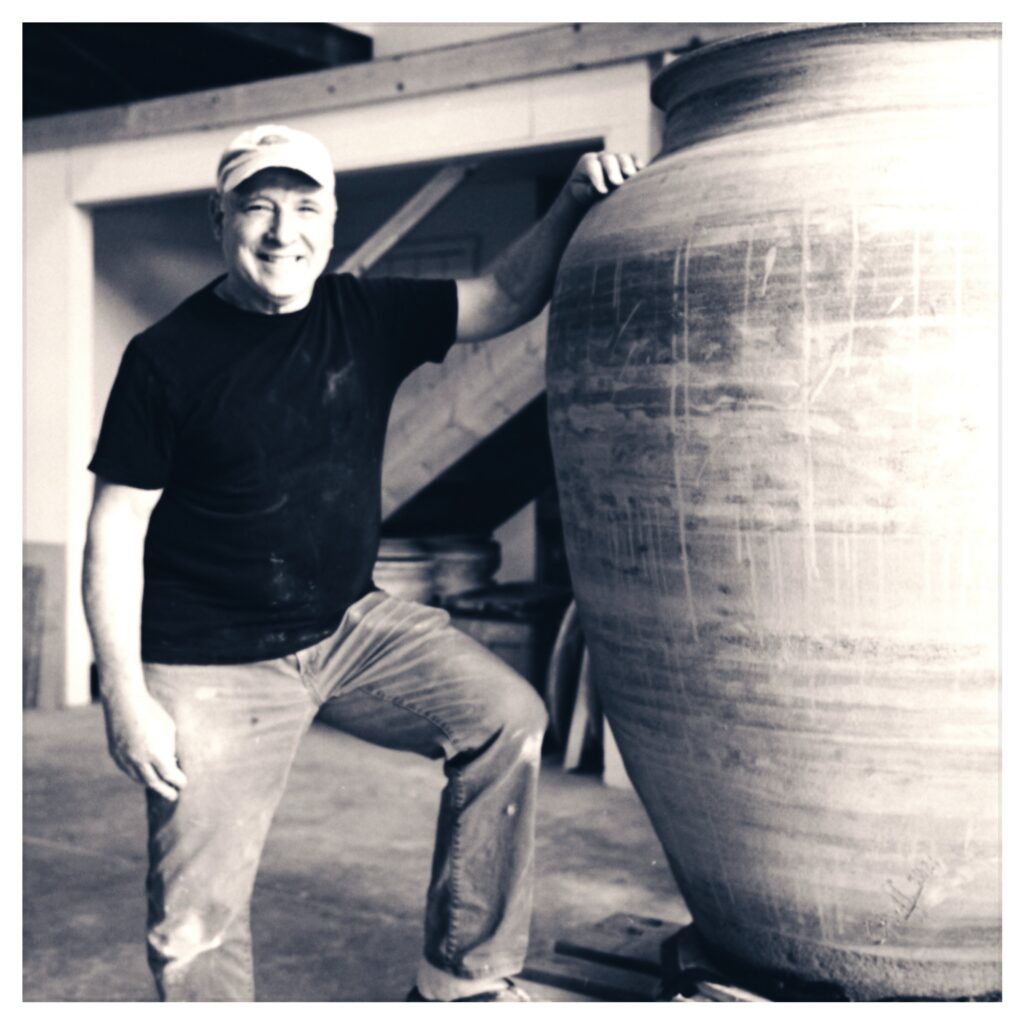
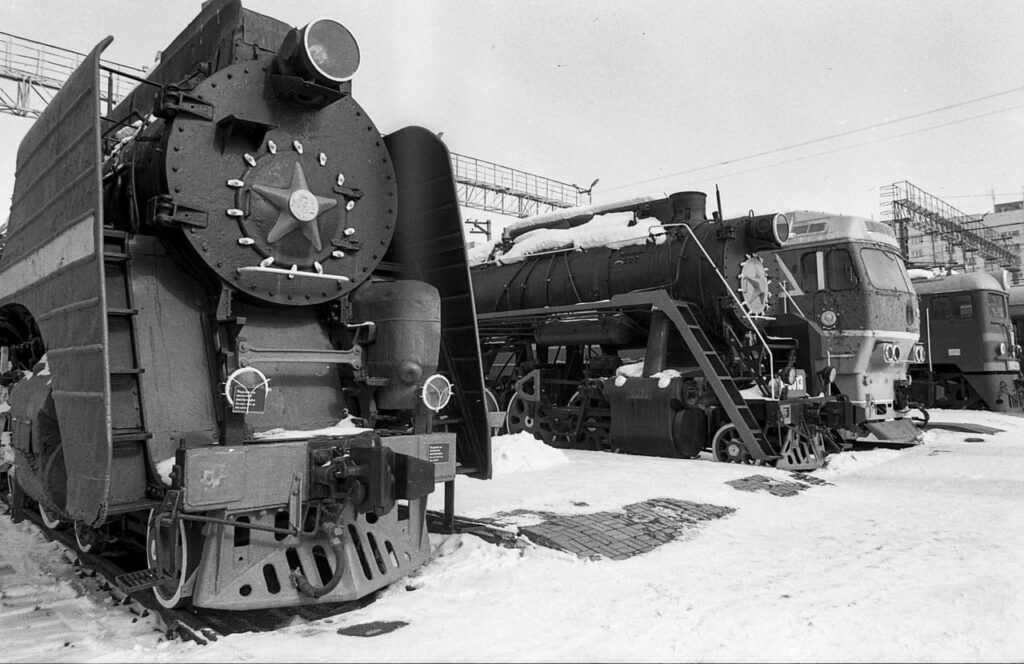
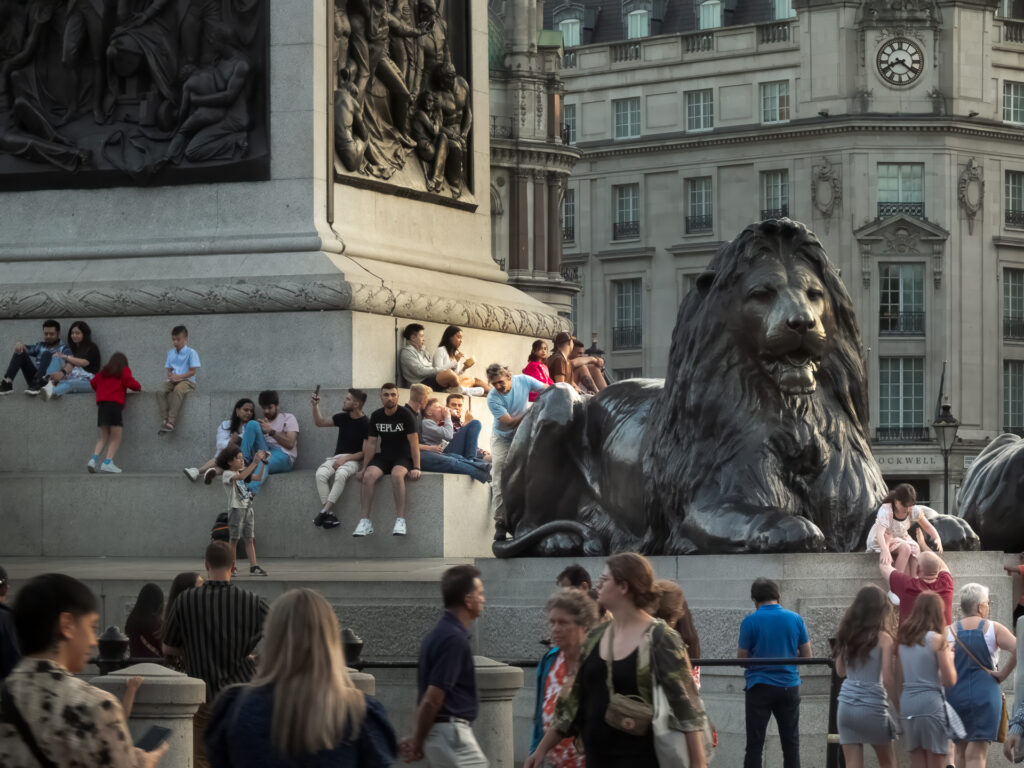
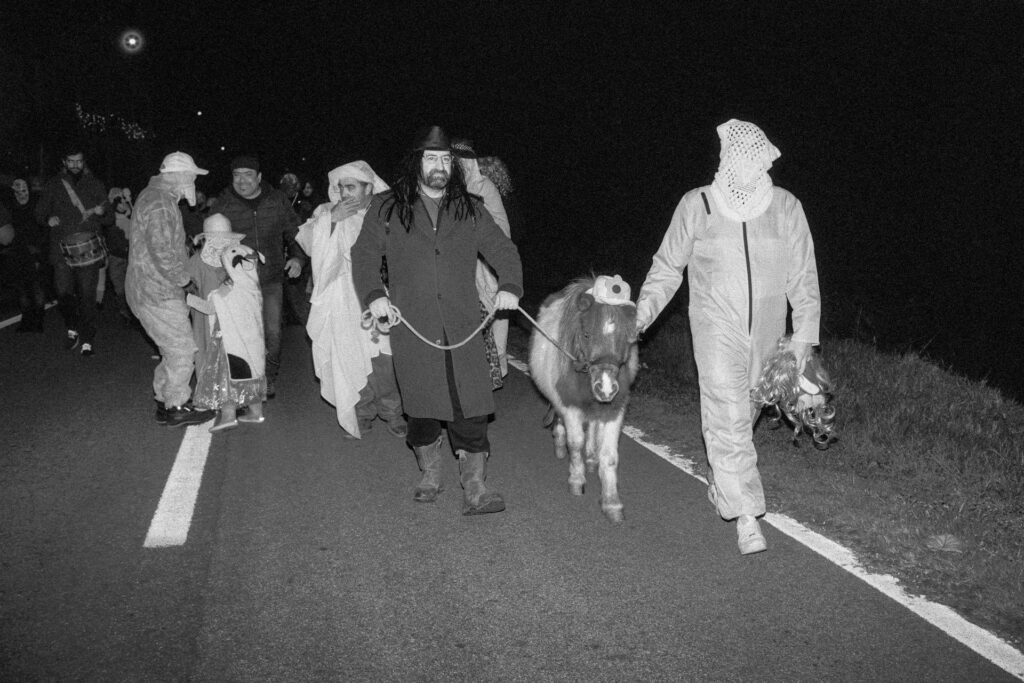




Comments
Fred Nelson on The “Troytsa” – a Religious Resistance Symbol in Bessarabia
Comment posted: 25/06/2024
Comment posted: 25/06/2024
Jeffery Luhn on The “Troytsa” – a Religious Resistance Symbol in Bessarabia
Comment posted: 25/06/2024
Thank you for a look into an interesting off-the-beaten-path subject. Good quality photos!
Comment posted: 25/06/2024
Neil on The “Troytsa” – a Religious Resistance Symbol in Bessarabia
Comment posted: 25/06/2024
Comment posted: 25/06/2024
Bradley Newman on The “Troytsa” – a Religious Resistance Symbol in Bessarabia
Comment posted: 25/06/2024
Comment posted: 25/06/2024
Geoff Chaplin on The “Troytsa” – a Religious Resistance Symbol in Bessarabia
Comment posted: 26/06/2024
Comment posted: 26/06/2024
Tony Warren on The “Troytsa” – a Religious Resistance Symbol in Bessarabia
Comment posted: 26/06/2024
Paul Quellin on The “Troytsa” – a Religious Resistance Symbol in Bessarabia
Comment posted: 28/06/2024